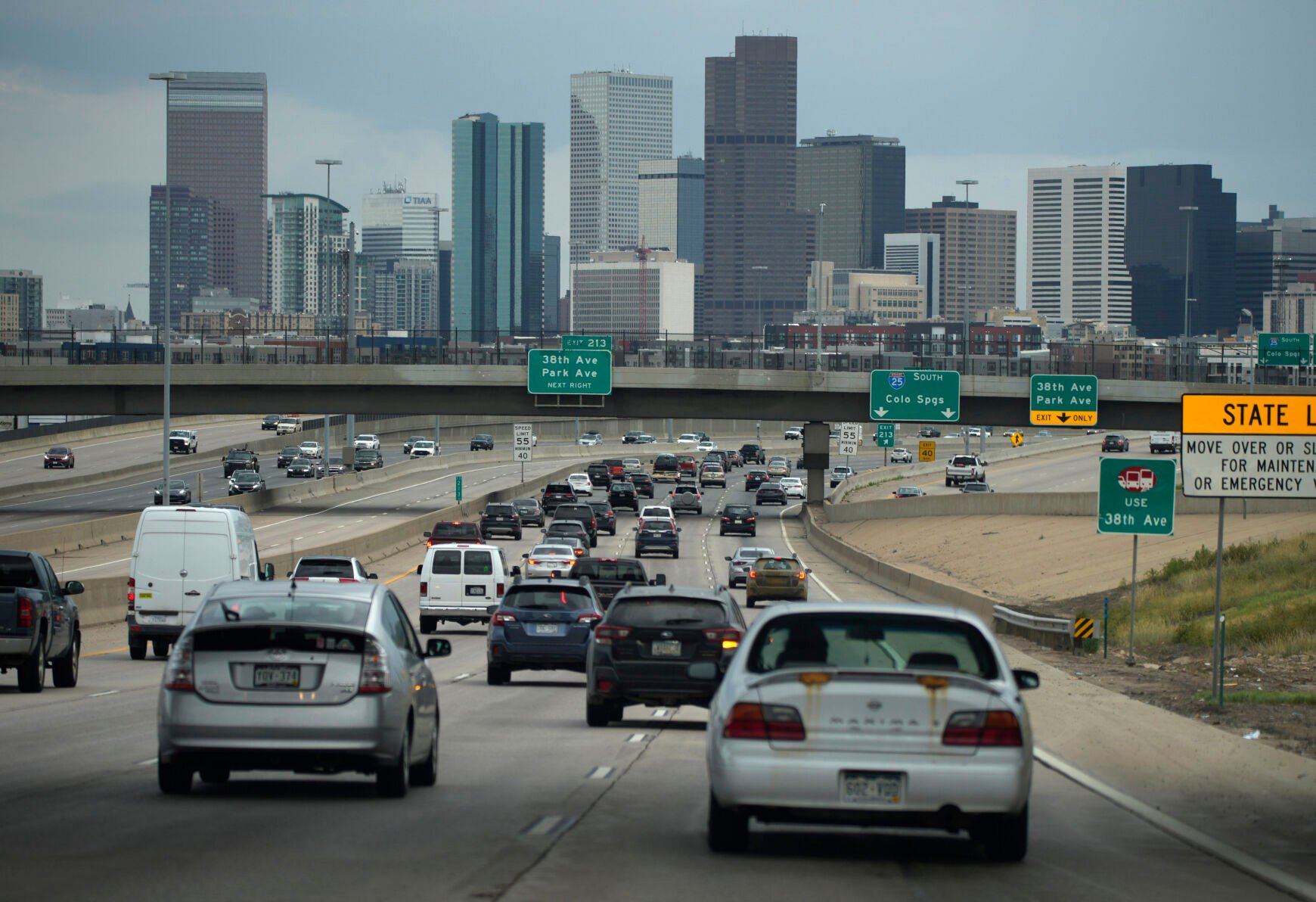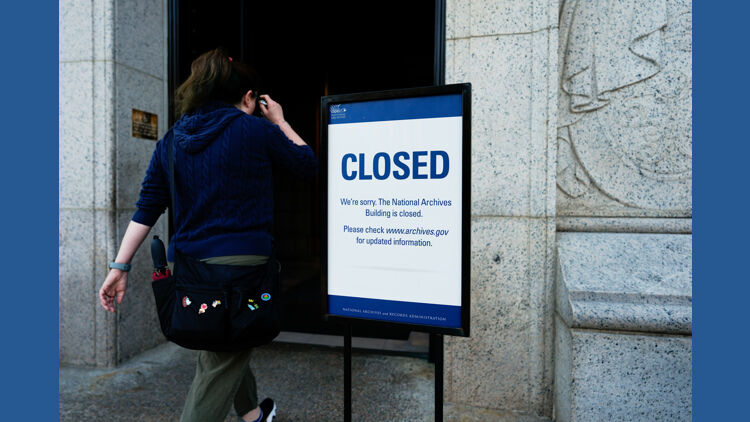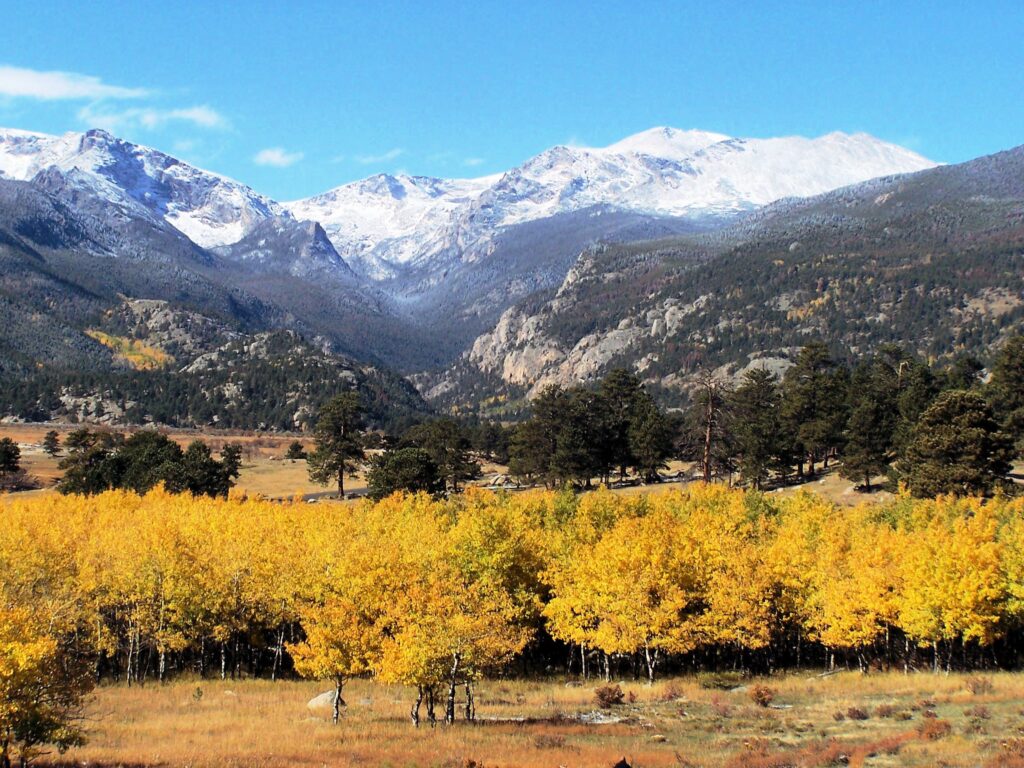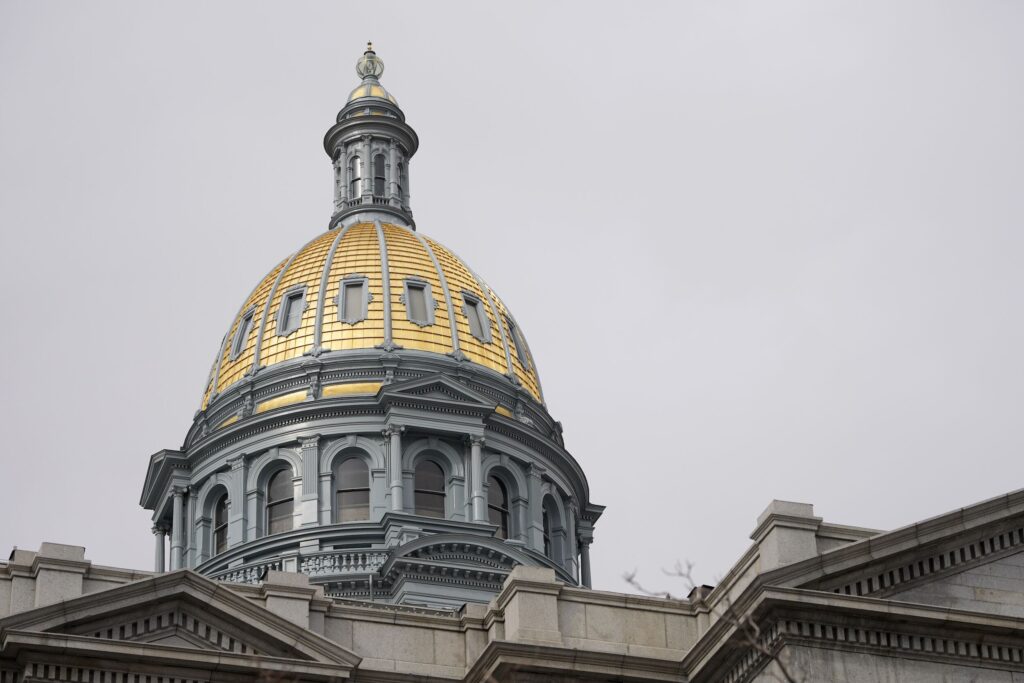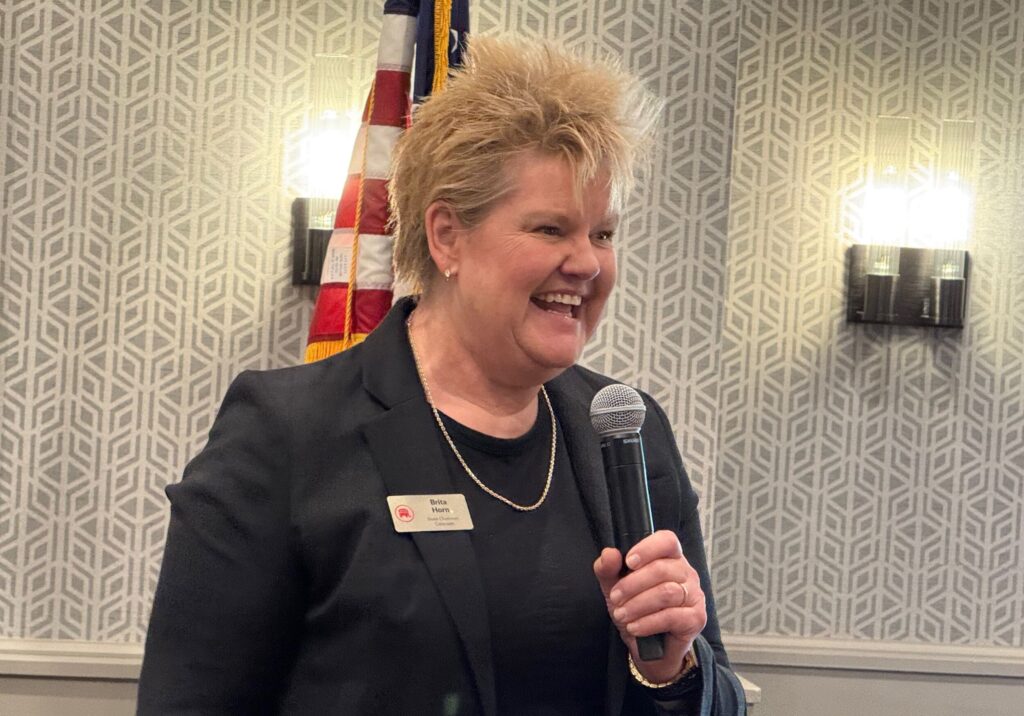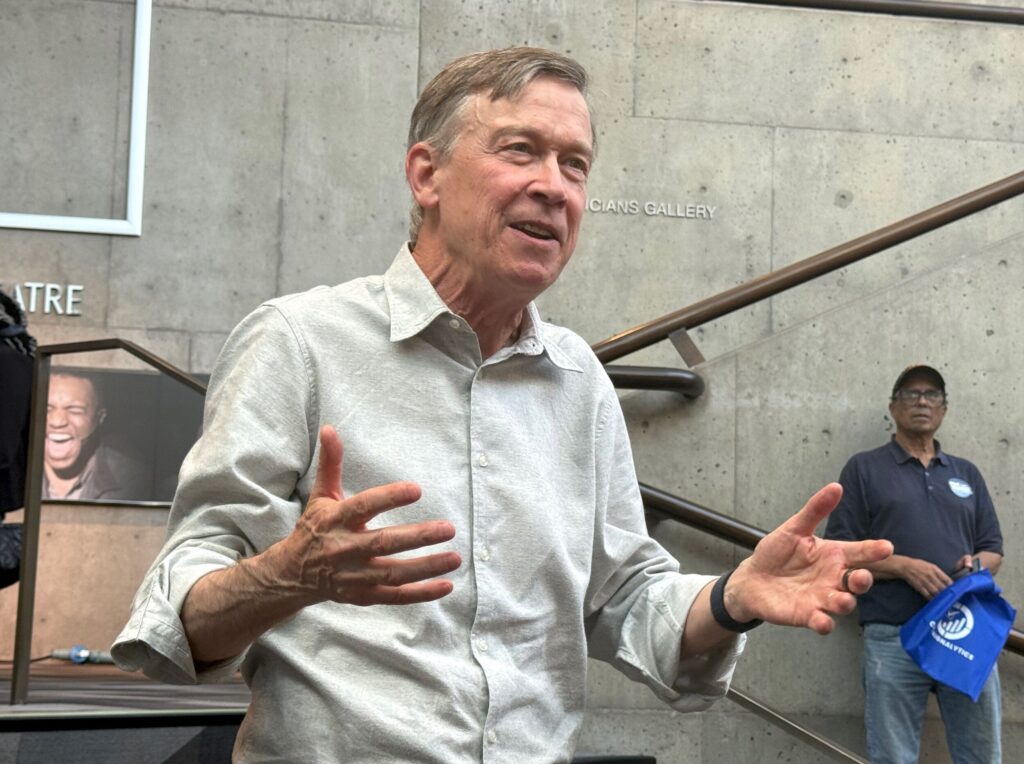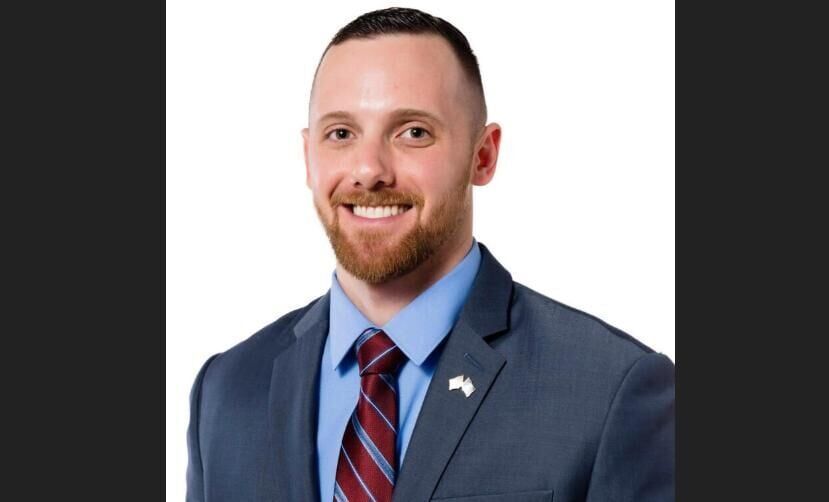Transportation funds in Colorado to be linked to reduction of greenhouse emissions
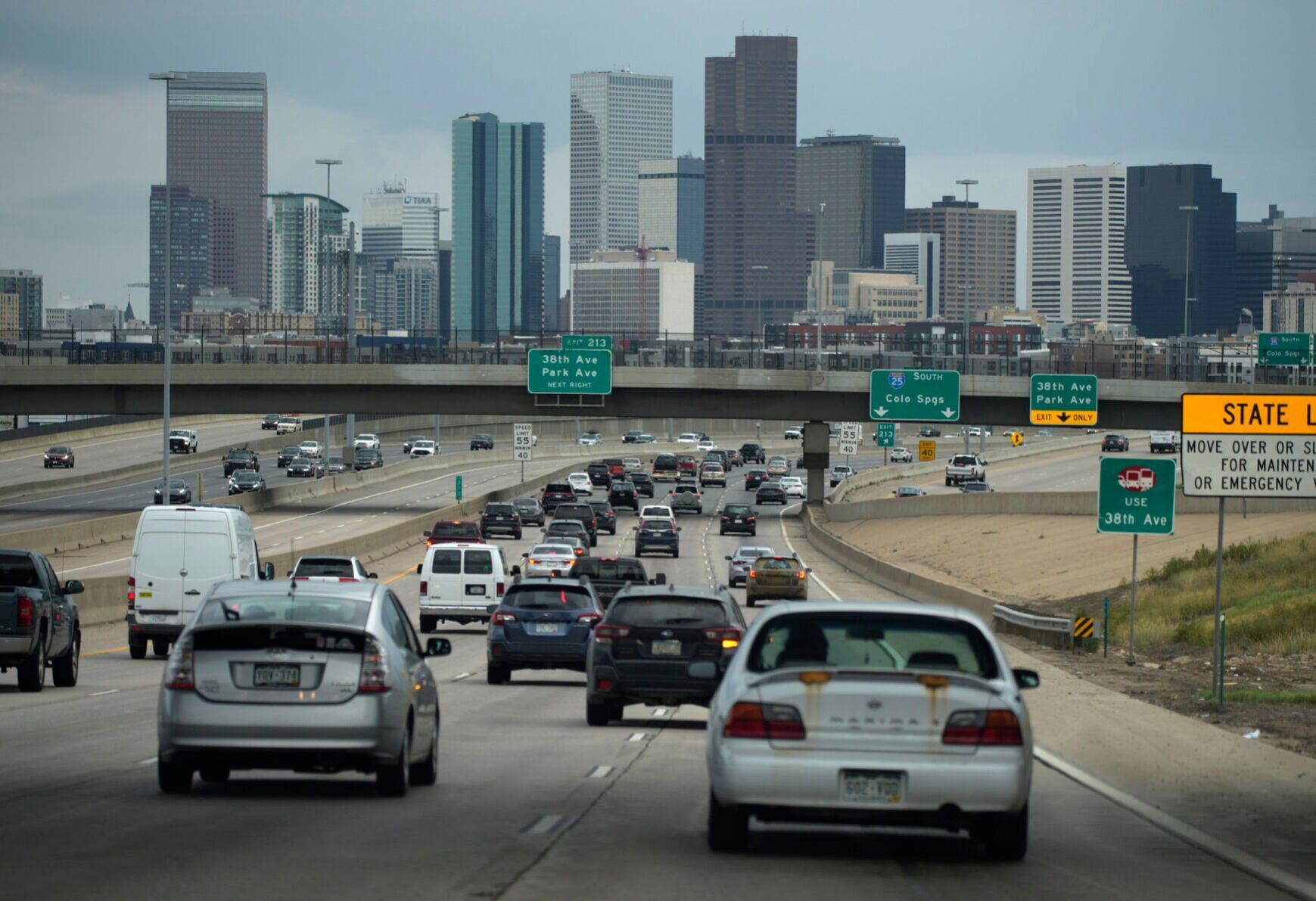
A state commission approved a new rule Thursday that will tie together transportation planning and greenhouse gas emissions in a way no other state has attempted.
The new rules require large metropolitan areas, such as the Denver and Colorado Springs areas, to model how major road extensions and expansions could increase carbon emissions from cars and require the regions to plan and build multimodal projects to offset those emissions, such as bike lanes and bus service expansions, said Matt Inzeo, a spokesman for the Colorado Department of Transportation. Colorado is the first state in the nation to take such a step, according to a news release.
The goal is to cut carbon emissions over time by changing transportation habits even as the population grows.
For example, more people may use a bus service if it runs every seven minutes instead of every 20, Inzeo said.
“When options become more readily available, more convenient people use them more,” he said.
The new rule is meant to help the state meet its goals of cutting greenhouse gas emissions 26% by 2025, 50% by 2030 and 90% by 2050 from 2005 levels. Denver Mayor Michael Hancock lauded the measure because it will support multimodal projects throughout the state.
“This rule will result in more transit, bicycle and pedestrian infrastructure throughout Denver and Colorado, and reflects the diversity of transportation needs throughout the state and allows for regionally-appropriate mitigation measures,” he said, in a news release.
Some statewide leaders, including the Transportation and Energy Committee Chairwoman Sen. Faith Winter, D-Westminster, championed the new rule as an important step in the fight against climate change, in a news release.
“This rule sets a national precedent showing what is possible when we come together and decide that we can improve our transportation infrastructure and address the climate emergency,” she said.
Jon Caldara, president of Independence Institute a Denver-based right learning nonprofit, decried the rules as an outrageous step that won’t address congestion.
“If we cared about air quality we would fix our damn roads because the worst air quality happens during traffic jams,” he said. Caldara is a columnist for the Colorado Springs and Denver gazettes.
Andrew Gunning, the executive director of the Pikes Peak Area Council of Governments said the approach leans on the assumption that people may not want to drive as much if they have to battle more congestion. The council coordinates regional transportation planning and sent two letters to the state outlining concerns about the rule.
“Are people going to stop driving as much … because we are not adding as much roadway capacity?” Gunning said.
Colorado Springs City Councilman Wayne Williams has pointed out previously that not building needed road expansions and extensions has not stopped the area’s traffic congestion from growing.
Gunning is also concerned that the state has not determined how much credit regions will receive for multimodal projects, such as bike lanes.
“We have been guessing at this – if we would be able to comply with it and we literally have no idea,” he said.
If regions are unable to comply with its emission reductions targets, federal transportation dollars could be restricted to multimodal projects that would focus on reduction, such as bus service, he said. Complying could be tough because while regional councils coordinate regional transportation planning, they do not control land-use decisions such as where new subdivisions will be built. Cities and towns control zoning that allows new housing and commercial districts.
